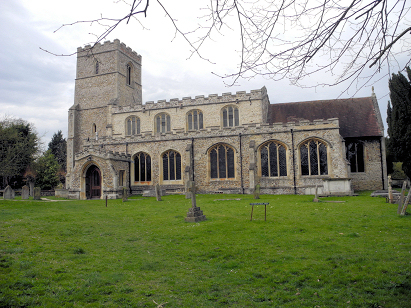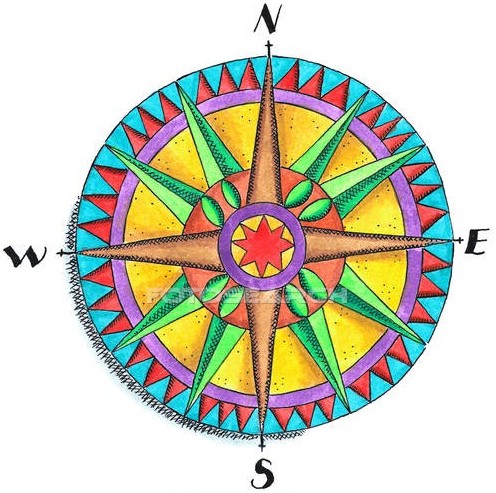
England
& Wales Hardwicke Marriage Index
Marriages
1754 - 1837
Linton St Mary
 |
England
& Wales Hardwicke Marriage Index |
The ParishThe parish of Linton lies in the extreme southeast of Cambridgeshire forming a stretch of the county's border with neighbouring Essex whilst Suffolk is not too far away to the east. Linton is located roughly midway between Cambridge and the Suffolk market town of Haverhill, being 10 miles southeast of the former and 8 west of the latter, it stands on the former route, now bypassing to the south, of the A1307 road which the two. Linton was a market town from 1246 to the mid 19th century when finally usurped in that regional role by Haverhill, today it is a rather large village, still market town sized and trending for over a mile from west to east along the north bank of the River Granta. As a market town and site of the regional union workhouse Linton would have acted as a centre for trade in, mainly agricultural, goods as well as a location for specialist skilled trades, the wider parish would have been more typical of the area, dominated by arable fields but with the Granta's water-meadows providing some wetter land used for grazing of cattle. The area has ancient landmarks with several early pathways crossing the higher ground to the north whilst Roman Roads also strike through the wider parish. Modern developments have come and disappeared from Linton, the railway line from Cambridge to Haverhill having closed and been largely dismantled. The River Granta drains the parish northwestwards passing through Cambridge after merging in turn with the two branches of the Cam, after Cambridge the Cam joins the Great Ouse before reaching the North Sea through the port of King's Lynn and The Wash. Linton sits on the gently rising valley sides of the Granta's valley rising from around 40 metres at the river to 60 metres at its northeastern-most properties, immediately north east of the village is Rivey Hill at 112 metres only exceeded by a few metres in its county by a few spots in the vicinity of Shudy Camps and Castle Camps. Linton parish was extensive covering close to 3,800 acres, it would have supported a population of close to 1,800 parishioners. In Domesday times Linton was merely one of many large rural settlements, it was held by Count Alan of Brittany and its assets of 8 ploughs backed by meadows & woodland was enhanced by the possession of 2 mils powered either by the Granta or by wind-power. |
 |
|
|

|
| Register No | Covering Dates | Deposited With | Register Style | Quality Standard | Comments |
| 1 |
22nd April 1754 - 20th October 1807 |
Cambridgeshire Archives - Reference - P107/1/10 |
Standard preprinted and self-numbered Marriage register
with 4 entries per page |
Grade 2 Register - not a perfect read but with a low
likelihood of misreads |
None |
| 2 | 9th December 1807 - 1st December 1812 | Cambridgeshire Archives - Reference - P107/1/11 | Standard preprinted and self-numbered Marriage register with 4 entries per page | Grade 2 Register - not a perfect read but with a low likelihood of misreads | None |
| 3 | 14th January 1813 - 10th June 1837 | Cambridgeshire Archives - Reference - P107/1/12 | Standard Rose style preprinted and prenumbered Marriage register | Grade 2 Register - not a perfect read but with a low likelihood of
misreads |
None |
|
Hildersham
Holy Trinity
|
Balsham
Holy Trinity
|
West
Wickham St Mary
|
|
Hildersham
Holy Trinity
|
 |
Horseheath
All Saints
Bartlow St Mary |
|
Great
Chesterford All Saints, Essex
|
Hadstock
St Botolph, Essex
|
Hadstock
St Botolph, Essex
Ashdon All Saints, Essex |
1760 1770 1780 1790 1800 1810 1820 1830
Corrections to Tinstaafl Transcripts